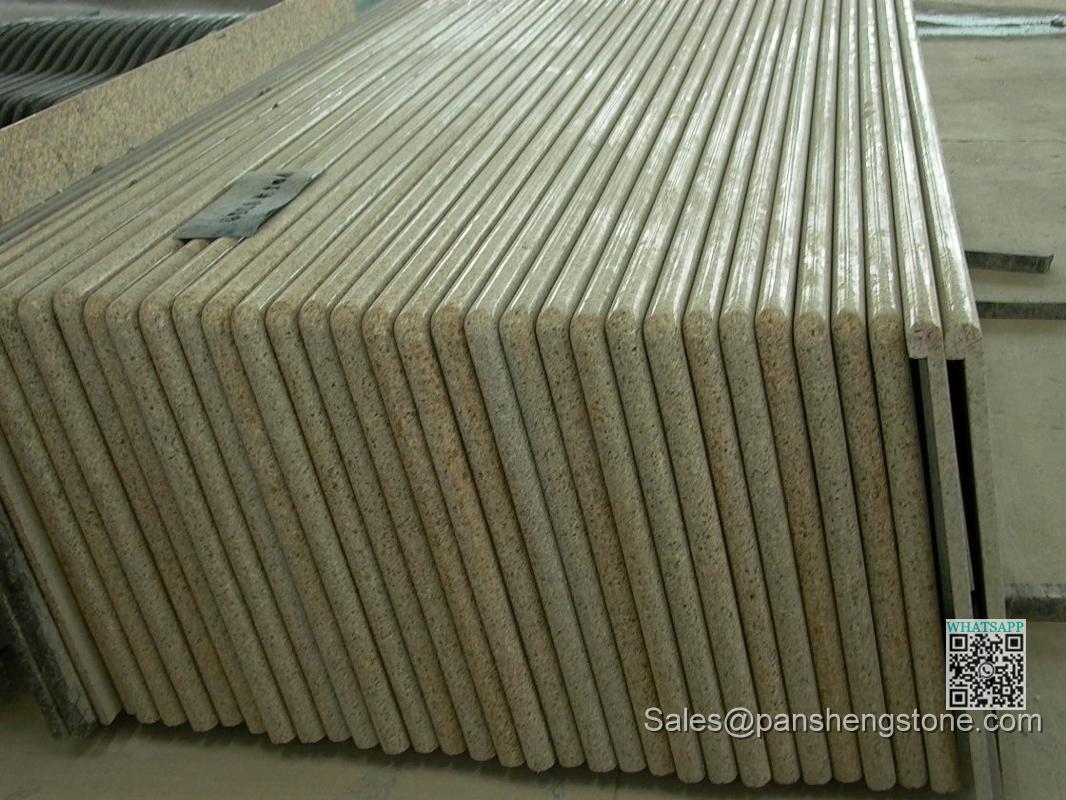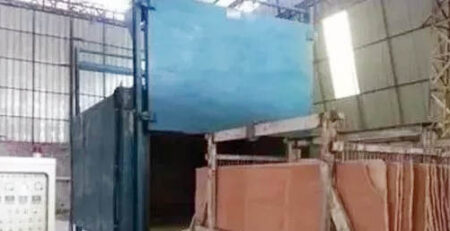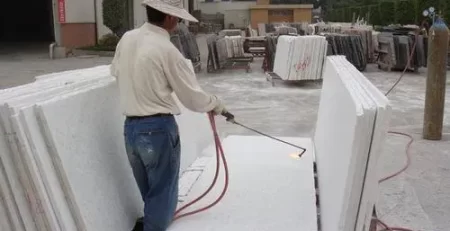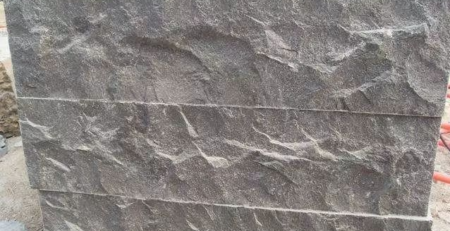A Comprehensive Guide to Granite Quarrying
Granite quarrying is a meticulous process that involves several steps, each critical to the successful extraction and utilization of this versatile natural stone. This guide delves into the detailed procedures and technical requirements of granite mining, providing a clear understanding of how to efficiently and responsibly extract this valuable resource.

I. Steps in Granite Quarrying
- Selection of the Initial Mining Area
- Begin by selecting the first granite mining area based on resource conditions and market demand.
- Determine the mining boundary, production scale, and working system of the mine.
- Preparation and Analysis
- Conduct a comprehensive analysis of natural environments and economic-technical conditions before starting the mining operation.
II. Mining Process
- Development and Transportation
- The task is to establish transportation routes from the industrial site to the mining area and to the waste rock site.
- Common methods include:
- Road Development and Truck Transportation: Flexible and efficient, widely used in open-pit granite mines.
- Tower Crane Lifting: No need for excavating transport channels from the surface to the mining steps, direct loading by tower cranes.
- Combined Methods: Such as inclined hoisting with trolley transport and road-tower crane combined transportation.
- Loading Equipment
- Loading equipment can be fixed or mobile.
- Fixed Cranes: High lifting height and capacity, suitable for large-scale rough stone loading.
- Mobile Cranes: Flexible but with limited lifting height and capacity, not ideal for large rough stones.
- Loading equipment can be fixed or mobile.
- Rough Stone Mining
- The process generally includes the following steps:
- Overburden Stripping: Removing the soil and non-mineral rock layers above the ore.
- Separation: Separating the stone blocks from the original rock using manual chiseling and controlled blasting.
- Tipping: Turning over the stone blocks to facilitate cutting and separation.
- Disassembly and Cutting: Cutting the stone blocks into rough stone materials as per required sizes.
- Shaping: Processing the rough stone into finished products using manual hammering and other basic methods.
- Loading and Transportation: Transporting the finished rough stones to the transportation tools.
- Cleaning: Removing waste stones from the processing area.
- The process generally includes the following steps:
III. Technical Requirements for Granite Quarrying
- Economic Stone Rate
- Under general conditions, when the production stripping ratio is around 0.3, the minimum economic rough stone rate for granite mines is 15% to 25%.
- Mining Platform Specifications
- Bench Height: Varies based on the type of crane used:
- Mobile cranes: 4 to 6 meters.
- Small tower cranes: Up to 14 meters.
- Large tower cranes: Up to 62 meters.
- Bench Slope Angle: Generally 90°, with the final slope angle determined by the stability of the rock.
- Bench Height: Varies based on the type of crane used:
- Stone Block Dimensions
- Width: Determined by the performance of mining equipment, the size of the rough stone, and the condition of the fractures, typically 1 to 3 meters.
- Length: Varies based on the mining method:
- Manual mining: 5 to 15 meters.
- Flame cutting: 15 to 20 meters.
- Minimum Working Platform Width: Generally 20 to 25 meters.
IV. Current State of Quarrying Operations
- Currently, mining operations are mostly semi-mechanized and semi-manual.
- There is a lack of scale and uniformity in management and systematization.
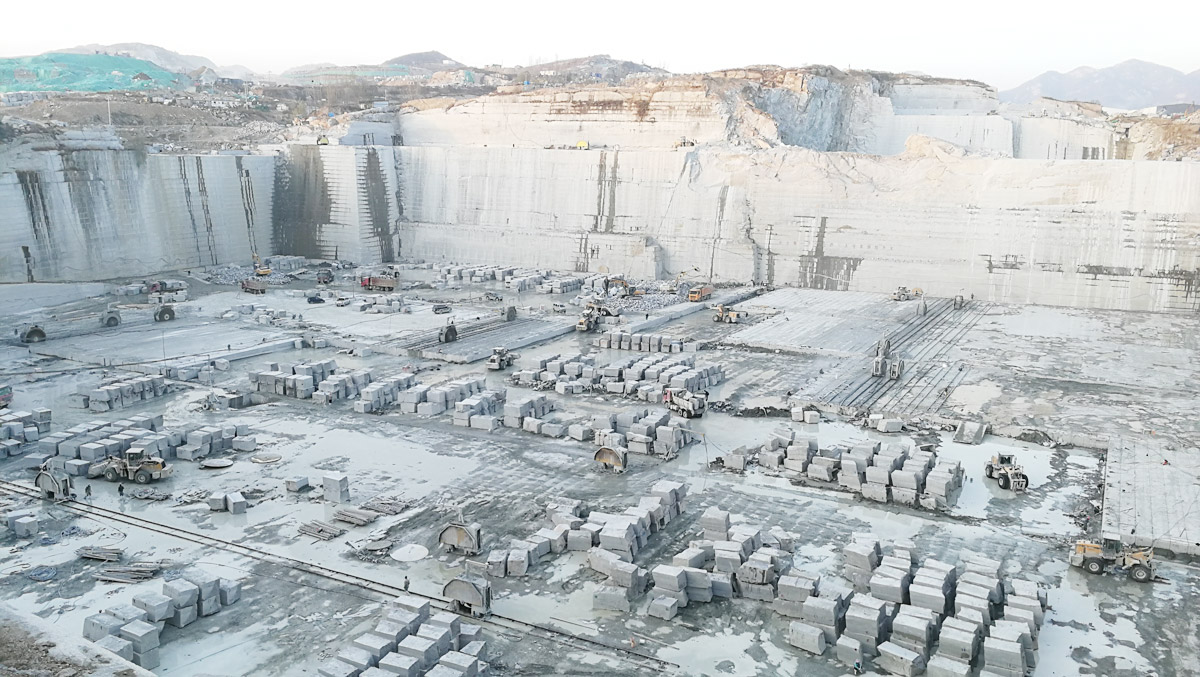
Modern Technologies and Equipment for Enhanced Efficiency
Modern technology and equipment have significantly improved the efficiency and safety of stone mining operations. Here are some key advancements that can be utilized to enhance the productivity of a granite quarry:
1. Hydraulic Excavators: These machines are designed for heavy-duty mining tasks. They can be equipped with various attachments like hammers, grapples, and buckets for efficient excavation and loading.
2. Drilling and Blasting Equipment: Advanced drilling rigs and blasting equipment can increase the speed and precision of breaking down large rock formations. Electronic detonators and controlled blasting techniques minimize overbreak and reduce environmental impact.
3. Robotic Mining Technology: Robots can be used for tasks like drilling, mucking, and even autonomous truck loading, reducing the need for human intervention in hazardous areas.
4. Remote-Controlled Equipment: Tele-operated machinery allows operators to control equipment from a safe distance, improving safety and reducing the risk of accidents.
5. GPS and GIS Systems: Geographic Information System (GIS) and Global Positioning System (GPS) technologies help in mapping the mine site, planning excavation routes, and monitoring the progress of mining operations.
6. Automation and Telematics: Automated systems in mining trucks and loaders can improve the accuracy and speed of loading and transportation. Telematics systems provide real-time data on equipment performance and location.
7. High-Pressure Water Jet Cutters: These tools are used for precise cutting of granite blocks, reducing waste and improving the quality of the final product.
8. Laser Technology: Lasers can be used for surveying and leveling, ensuring precise measurements and alignment in the mining process.
9. Dust Suppression Systems: Modern dust control systems help in maintaining air quality and reducing the environmental impact of mining operations.
10. Waste Management Solutions: Efficient waste management techniques, such as recycling of waste rock and the use of waste as backfill, help in reducing the environmental footprint of the mining operation.
11. Energy-Efficient Equipment: Using equipment that consumes less fuel and produces less emissions can significantly reduce the operational costs and environmental impact.
12. Safety Monitoring Systems: Advanced monitoring systems for detecting hazardous gases, structural stability, and other safety hazards can help in maintaining a safe working environment.
13. Modular Mining Systems: These systems allow for the quick setup and teardown of mining operations, making them highly adaptable to different mining conditions and requirements.
14. Data Analytics and AI: The use of data analytics and artificial intelligence can help in predicting equipment failures, optimizing resource allocation, and improving overall decision-making in mining operations.
By integrating these modern technologies and equipment, mining companies can achieve higher efficiency, lower costs, and better environmental outcomes in their operations.
Conclusion
Granite quarrying is a complex endeavor that requires careful planning, execution, and adherence to technical standards. By following the outlined steps and understanding the technical requirements, you can ensure a successful and sustainable mining operation. Whether you are a seasoned miner or new to the industry, this guide serves as a valuable resource for optimizing your granite quarrying process.

